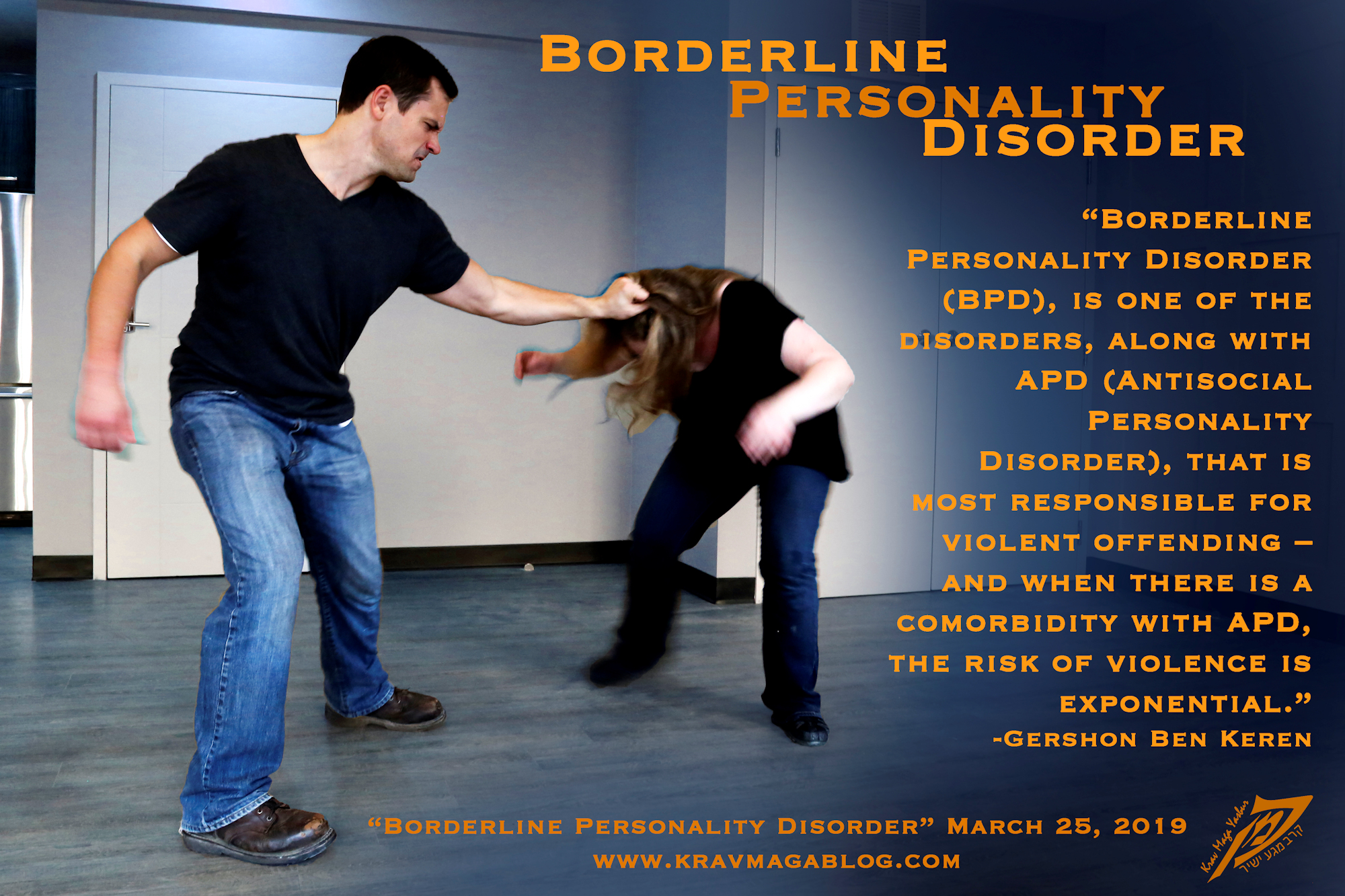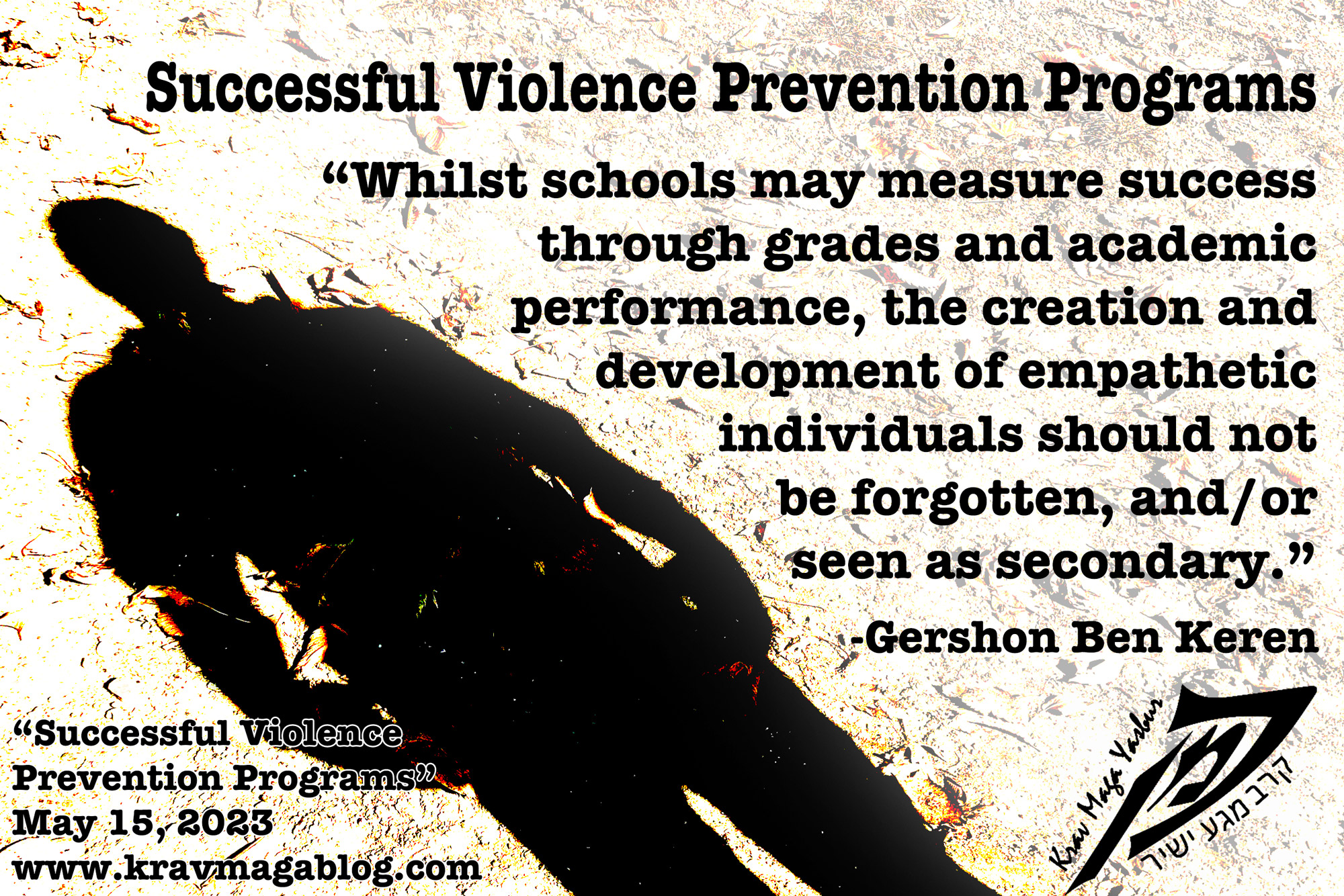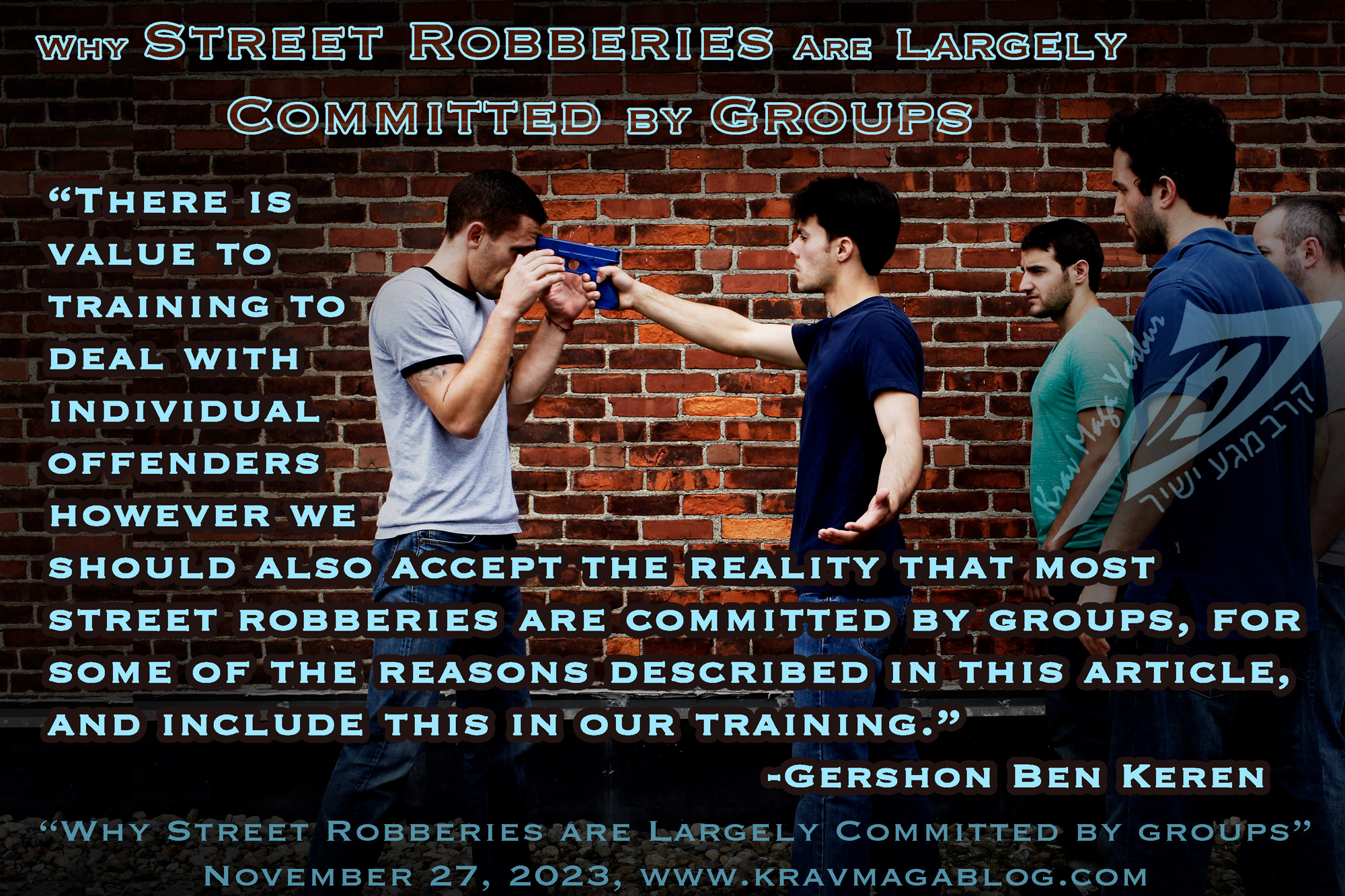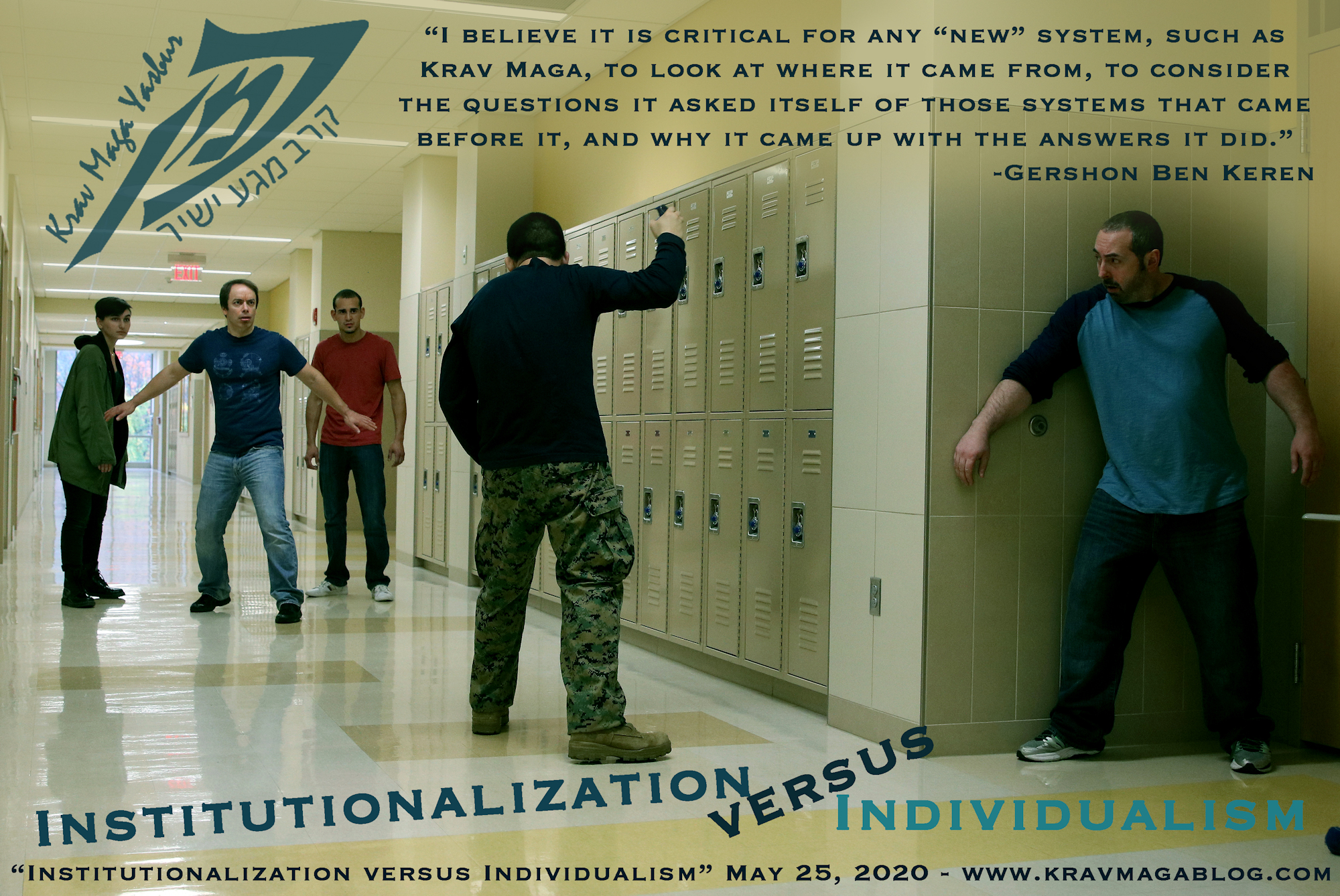Institutionalization versus Individualism, is an article written by Gershon Ben Keren, a 5th Degree Black Belt in Krav Maga, who teaches Krav Maga in Boston, MA. He has also authored three Amazon best-Selling Books on Krav Maga.
This article is about having an open mind, regarding styles, systems, techniques, training methods, etc. Self-defense training is often paradoxical and self-contradictory, and if this inherent characteristic of the martial arts isn’t understood, then we can find ourselves taking wrong turns, and facing dead ends as regards our training. The problem with arts, systems, and styles, is that they start to become institutions (and in certain cases “cults”), that naturally lead us away from reality. The more systemized and formalized an approach becomes, the more prescriptive it becomes, telling us how we should act and behave – and what techniques we should perform – when dealing with aggressive and violent situations; this is true of all systems regardless of their claims of basing techniques and solutions off natural responses e.g. there aren’t really any inherent/natural responses to having a knife put to your throat, or a gun pointed at your head, other than those general reactions that occur when we are threatened. Prescribing, that we should always respond in one distinct way, means that we are adhering to the institution, not necessarily the context, which is represents the “reality” of the situation. To expect everybody to behave in the same way, in order to adhere to the rules and conventions of the system/institution, is to ignore and take the individual out of the equation, when they - not the system -are the central and most important component.
To believe that only one system or institution has it completely “right” requires a great leap of faith. Some people will take/make this leap due to ignorance and fear e.g. they don’t have the experience and/or tools to make a realistic evaluation, and so need to invest their belief system into the institution, completely and without reservation i.e. they let it make the decisions for them because they don’t trust their own abilities to question and evaluate correctly. Don’t get me wrong, I believe in Krav Maga, and its approach to self-defense, but part of that belief is in the openness it theoretically purports, and its (again often largely theoretical) promotion of the need for adaptation and constant testing and development i.e. that the Krav Maga “approach” avoids institutionalization, and keeps the individual central. Other individuals are happy to take this leap without question, because it is simpler and easier to hand over the responsibility for your protection to somebody else, without really questioning the validity of what the institution is promoting e.g. if in every situation you’re taught to always do “X”, it can be easier to accept that, than consider the contexts where “X” might not be appropriate or even possible. The issue becomes that when you train, and train, and train “X” - because repetition is necessary to be able to successfully perform the technique - you will have disciplined yourself to only be able to act and behave in the way that the institution has trained you to. Without acknowledging that each situation you face is different, even if the physical threat or attack is the same, you will only be able to respond in one way because you will not have been taught to evaluate and adapt, but only to follow a set of instructions.
It is impossible in training to completely avoid institutionalization; a “system” needs to give an individual guidance and direction, else everybody would be lost trying to figure things out for themselves. However, part of that guidance and direction is equipping the student of that system with the ability to question the institution itself; without that ability and encouragement, the institution is in danger of operating as a cult, where questions are suppressed and every member needs to be subservient to those running/operating it. Self-defense training should be about personal development, not a strict adherence to a doctrine; as a competitive Judoka, I used the same throws as other competitors but how I set them up, put them together in combinations, etc. was largely my affair, I wasn’t following any scripts, because each bout involved very different competitors. There was both rigidity in the syllabus, and fluidity in the execution of it – the syllabus didn’t limit me to one technique/throw that I had to apply in each fight, regardless of the situation, and regardless of the competitor I was facing. I would make the case that real-world situations are even more varied, and require more than just one technique e.g. in competition there were weight classes, and clear objectives, etc. In my opinion no one person (including myself) has it completely right as far as dealing with violence; it’s impossible for that to be the case. This means that I must question the approaches and understanding of my instructors and allow my students to question me; equipping them with the tools to do so.
This is why I believe it is critical for any “new” system, such as Krav Maga, to look at where it came from, to consider the questions it asked itself of those systems that came before it, and why it came up with the answers it did. In turn, we should be questioning those answers to see if they are still relevant and applicable to our individual realities, or are we just becoming disciplined to believe in an institution and behave as that institution wants us to? I am not suggesting that heads of systems have some nefarious purpose in creating automatons that do their bidding, but rather all practitioners, regardless of style or system, need to be open in reviewing the approaches of each other, with the possibility of adapting and changing rather than simply conforming, without question, to the teachings of the institution.
0 COMMENTS















